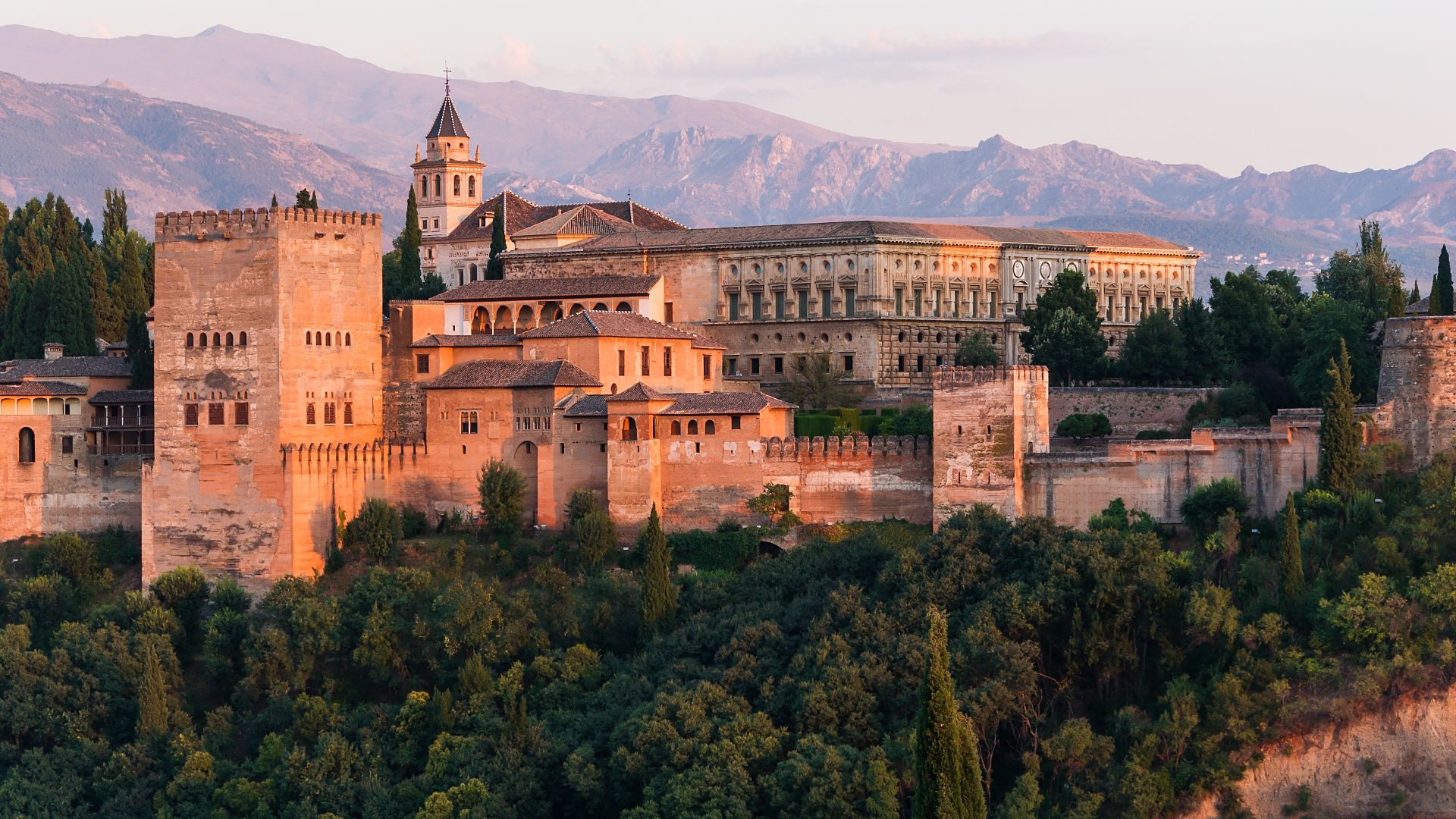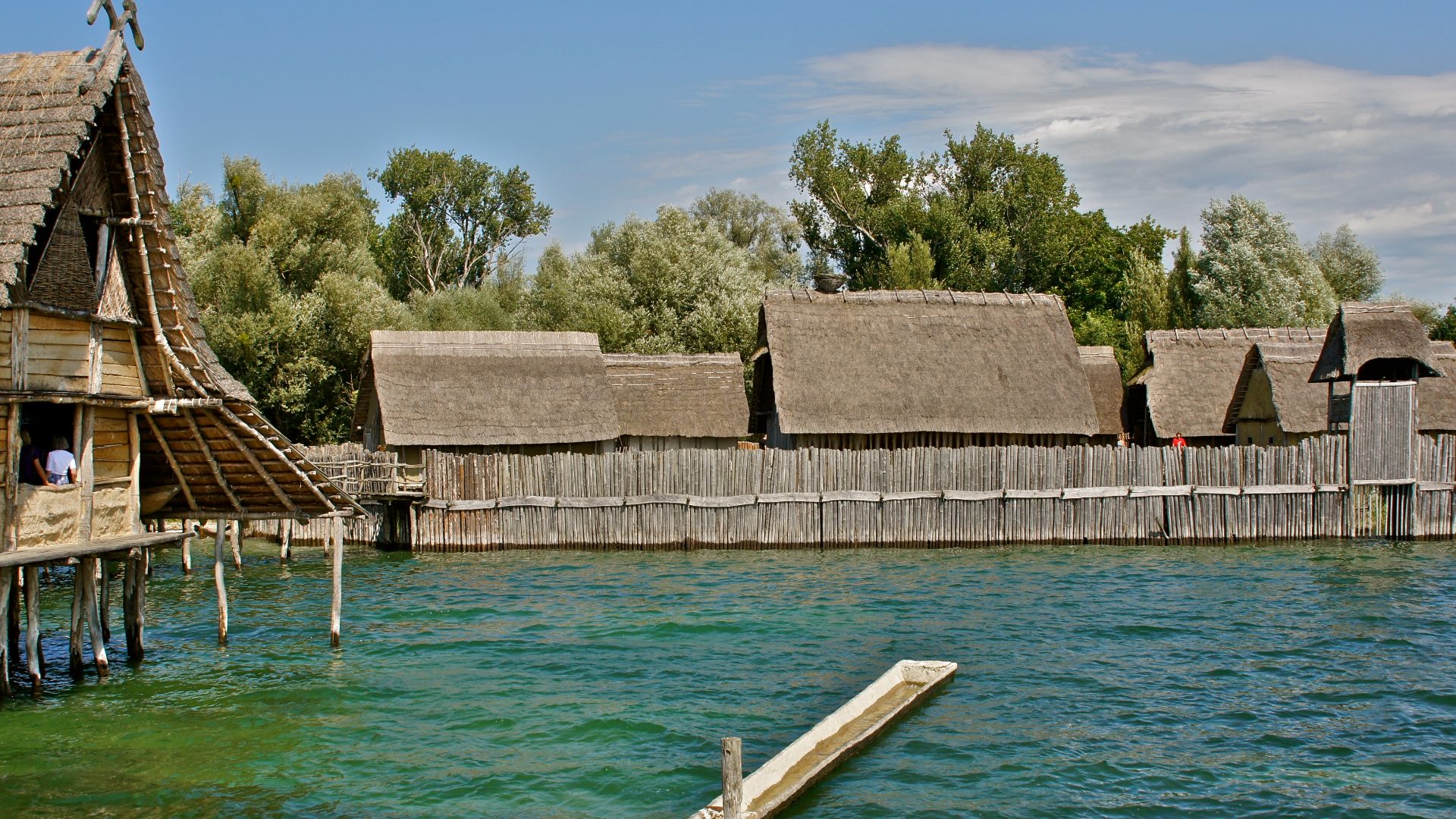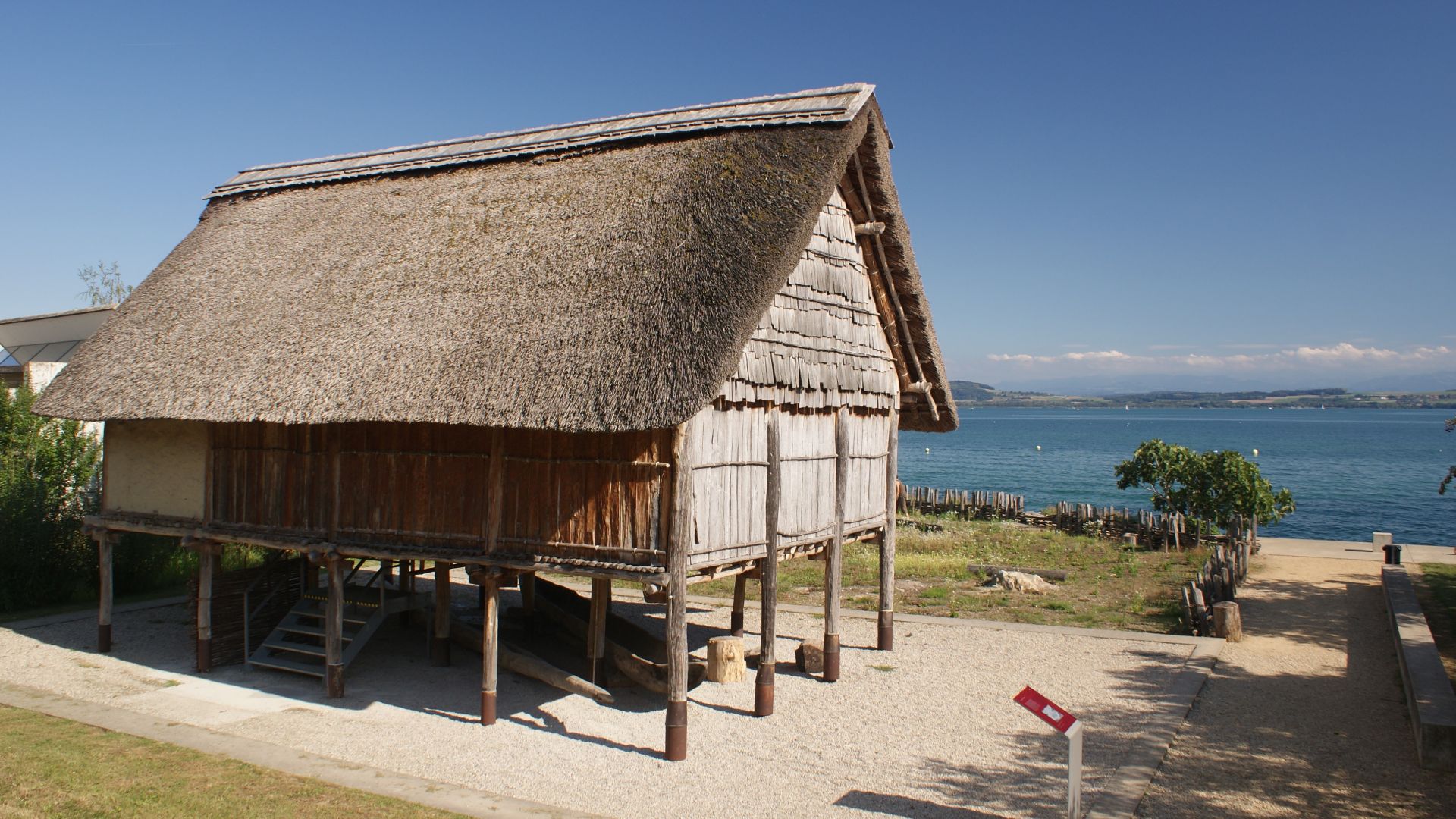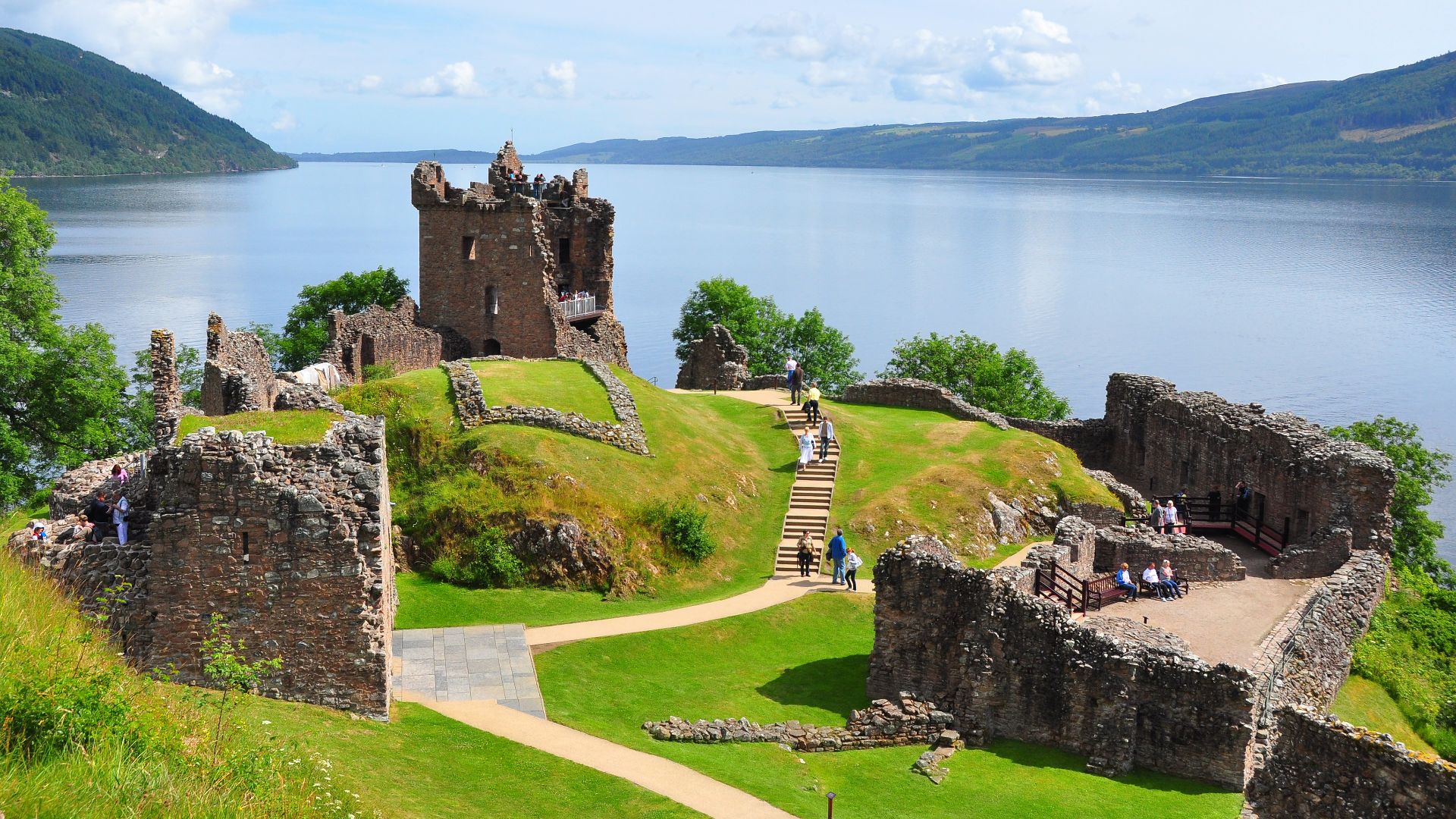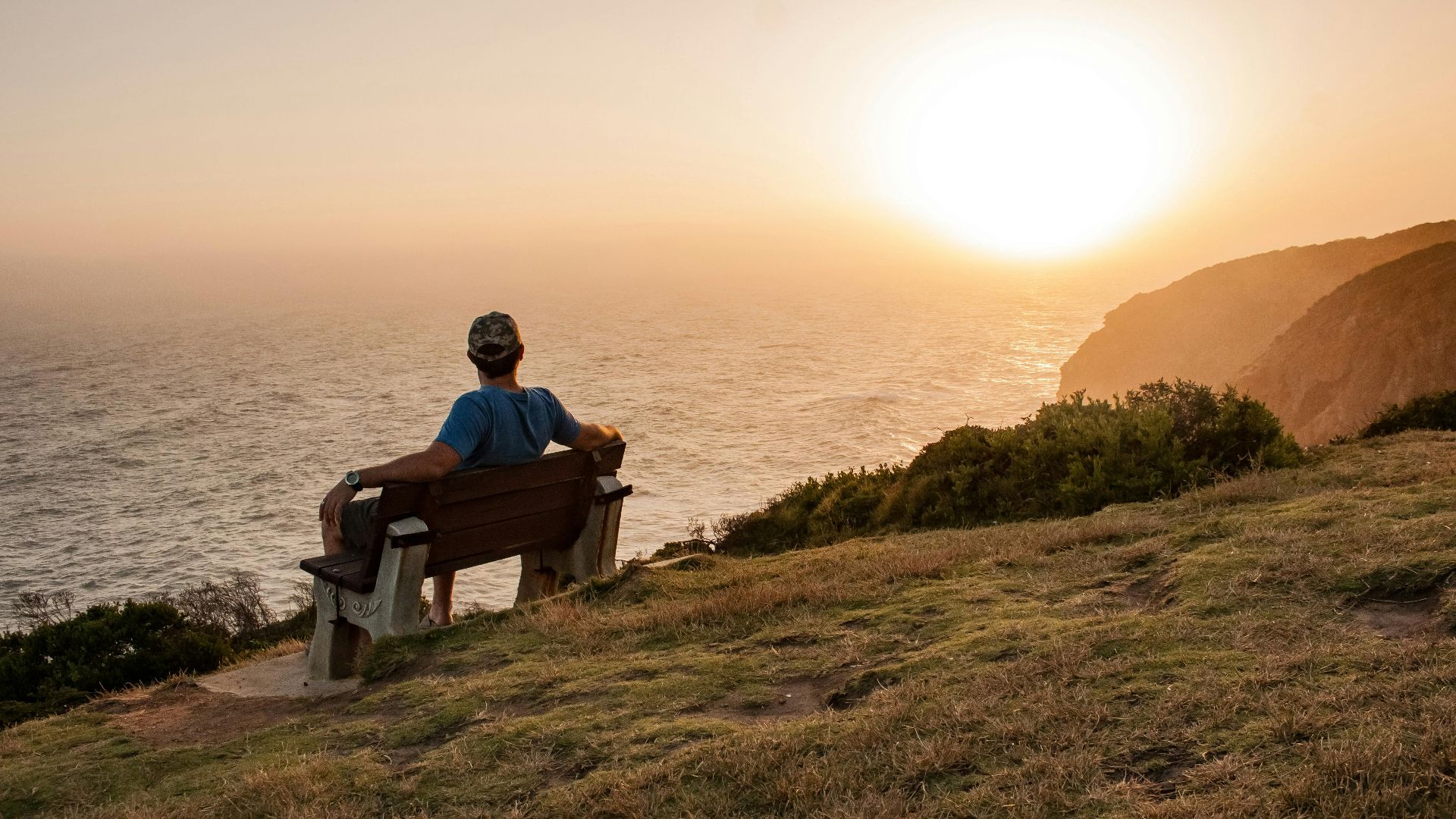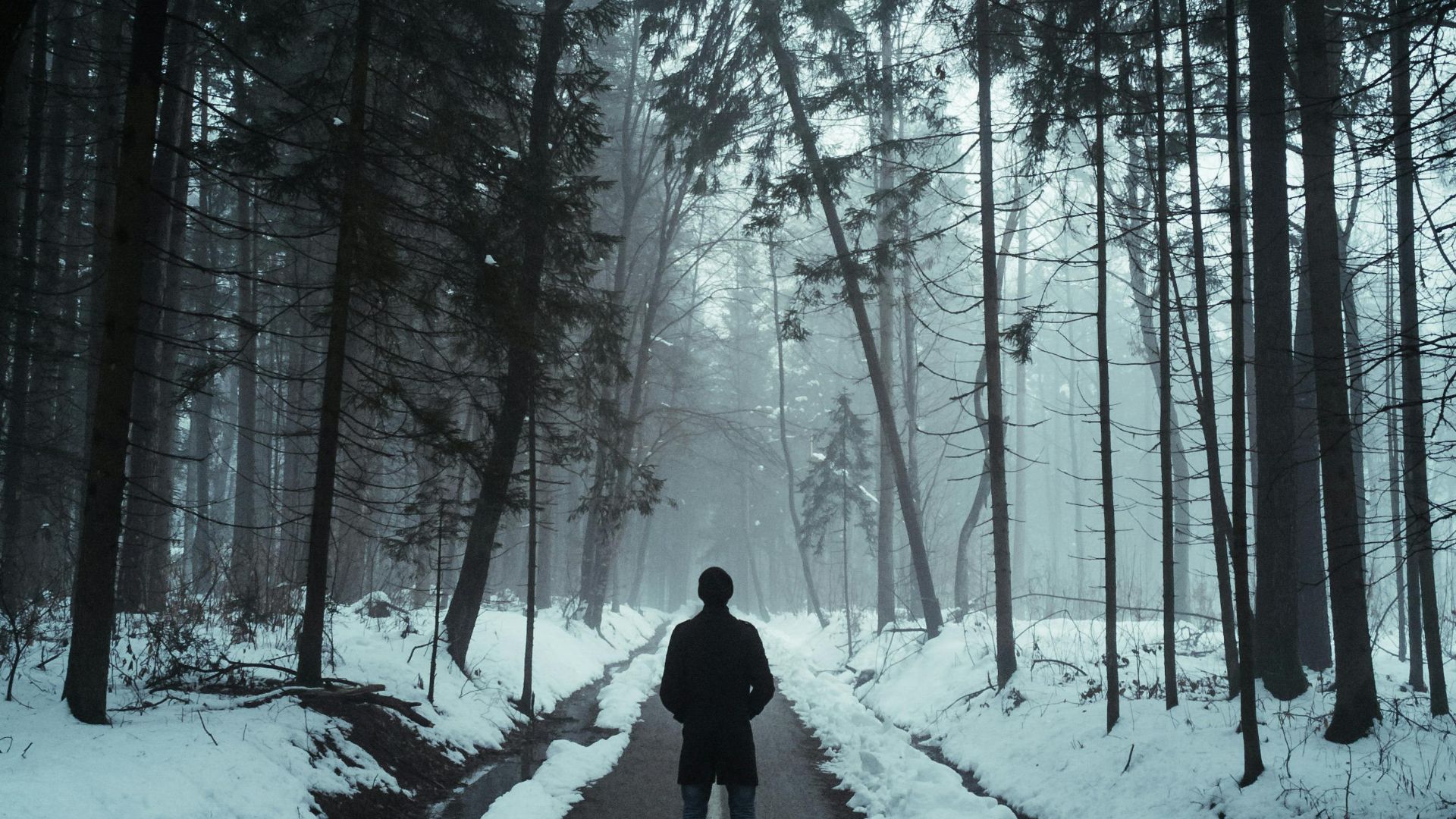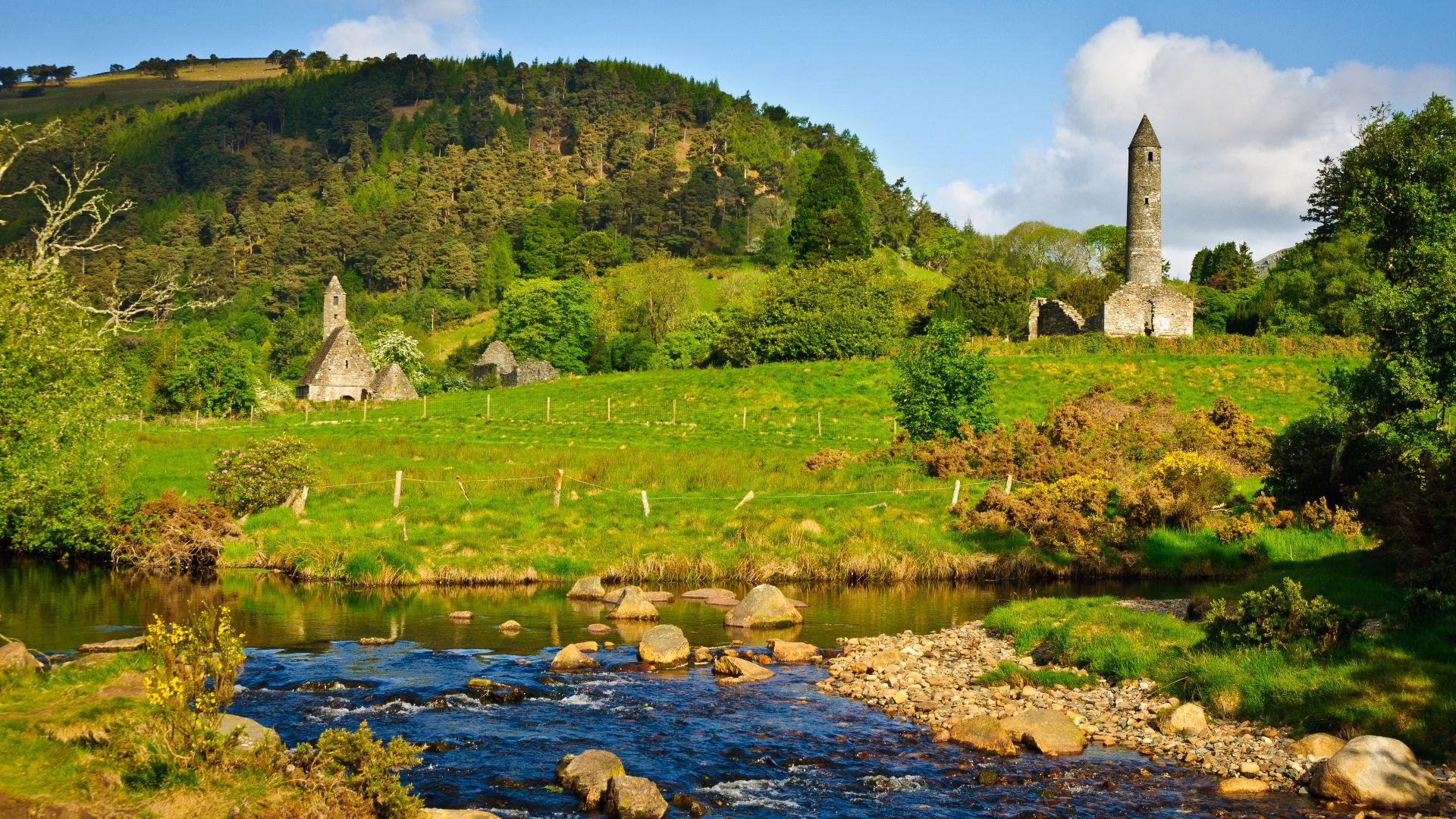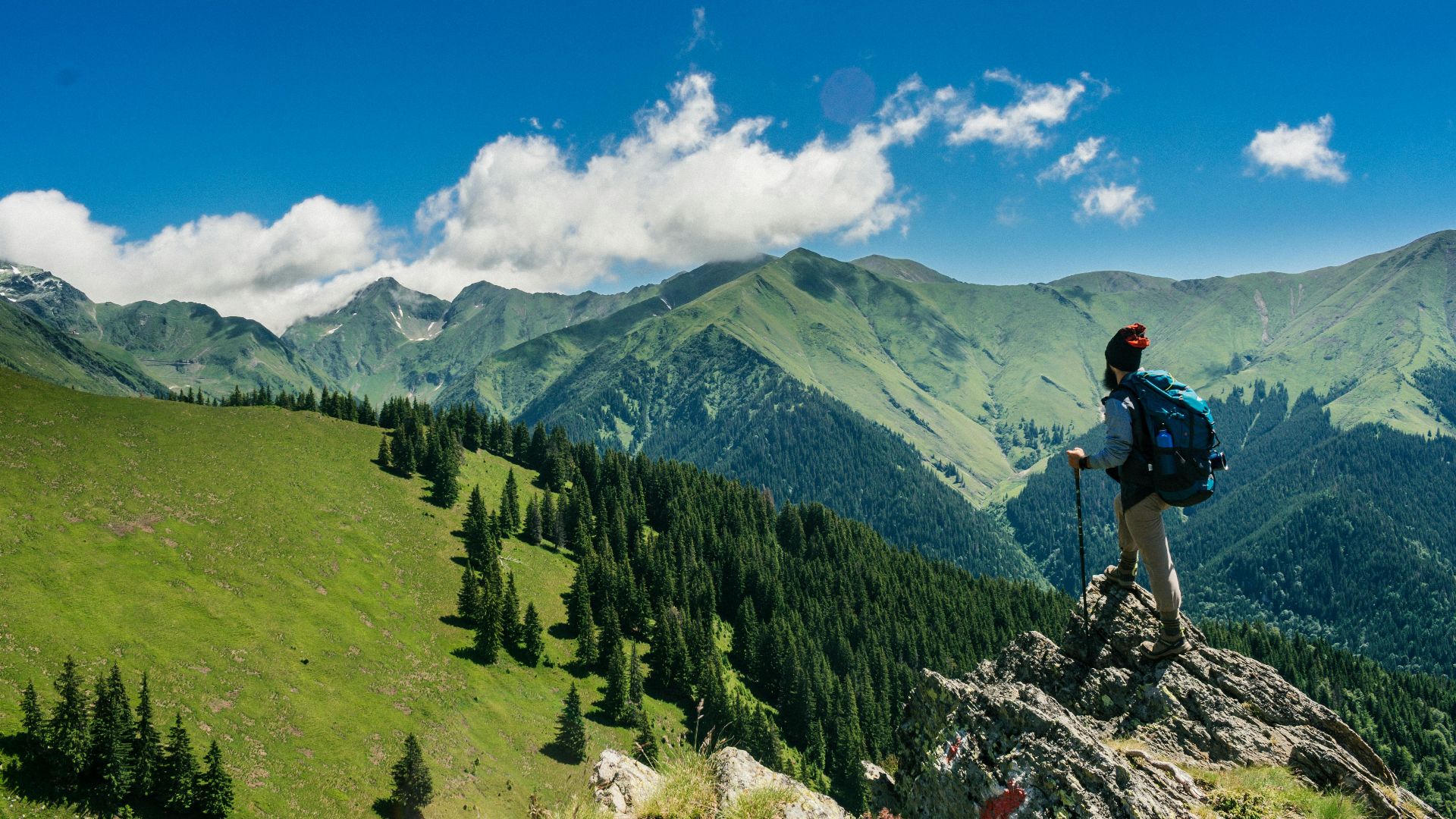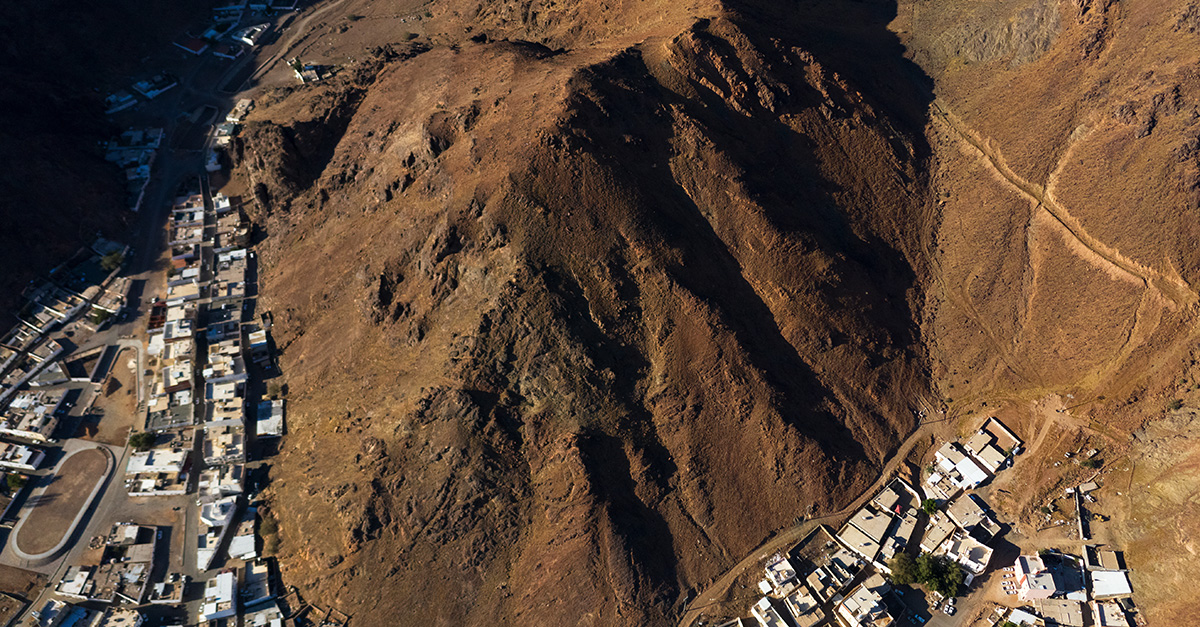Natural Wonders
There are some places you can just tell are important just by being there. UNESCO has slotted many of these places for protection, but you can still visit them to experience them for yourself.

Europe’s Most Beautiful Secret Just Got Exposed
A recent analysis by Emerald Cruises has spotlighted one of Europe’s most visually arresting yet least-visited UNESCO World Heritage Sites: the Prehistoric Pile Dwellings Around the Alps. Despite being praised in traveler reviews for its striking setting and cultural depth, the site remains largely absent from mainstream travel itineraries.
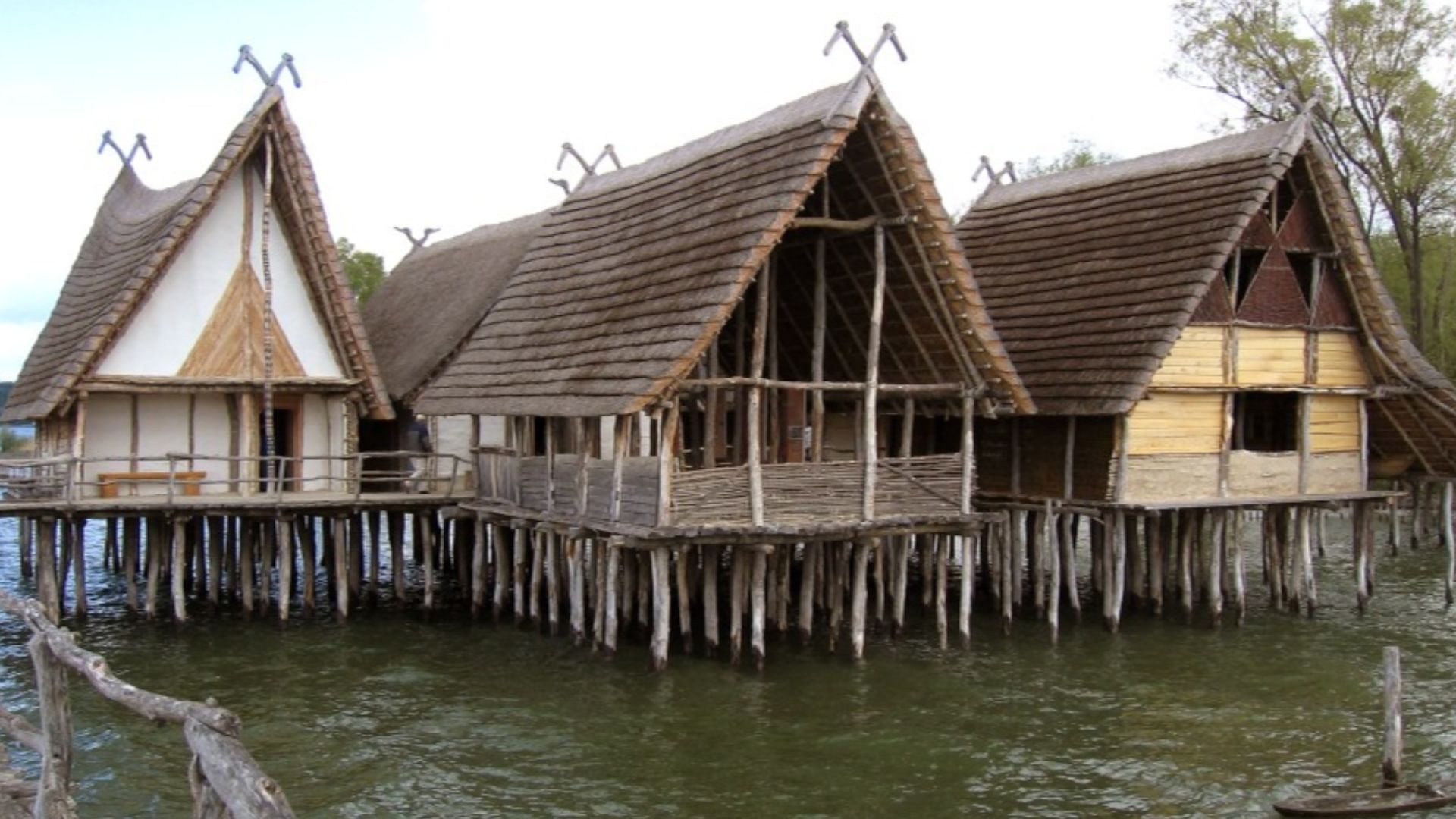 Gerhard Schauber, Wikimedia Commons
Gerhard Schauber, Wikimedia Commons
Why This UNESCO Ranking Feels Different
Unlike traditional lists based solely on tourist volume or iconic status, this ranking used sentiment analysis and search engine trends. It focused on beauty described in traveler feedback, not influencer hype. The result? A fresh, data-backed look at which heritage sites truly move the people who visit them.
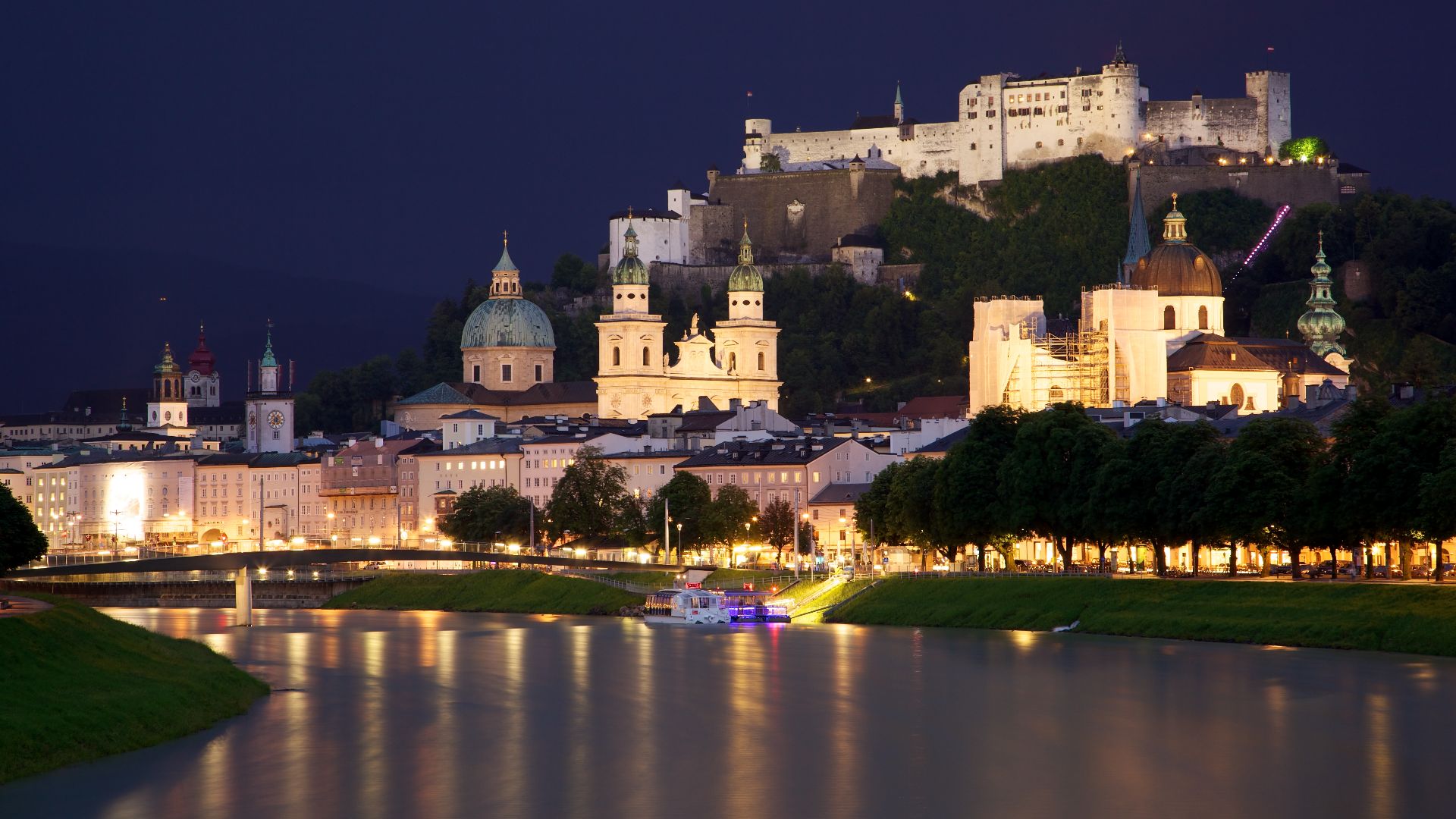 Jiuguang Wang, Wikimedia Commons
Jiuguang Wang, Wikimedia Commons
A Cruise Company Uncovered What Travelers Overlook
Emerald Cruises compiled a database of UNESCO sites across Europe and examined the last 100 Google reviews for each. Using tools like TextBlob to assess emotional tone, they filtered for high beauty ratings but low online traffic. Their aim was discovery through the eyes of real, recent visitors.
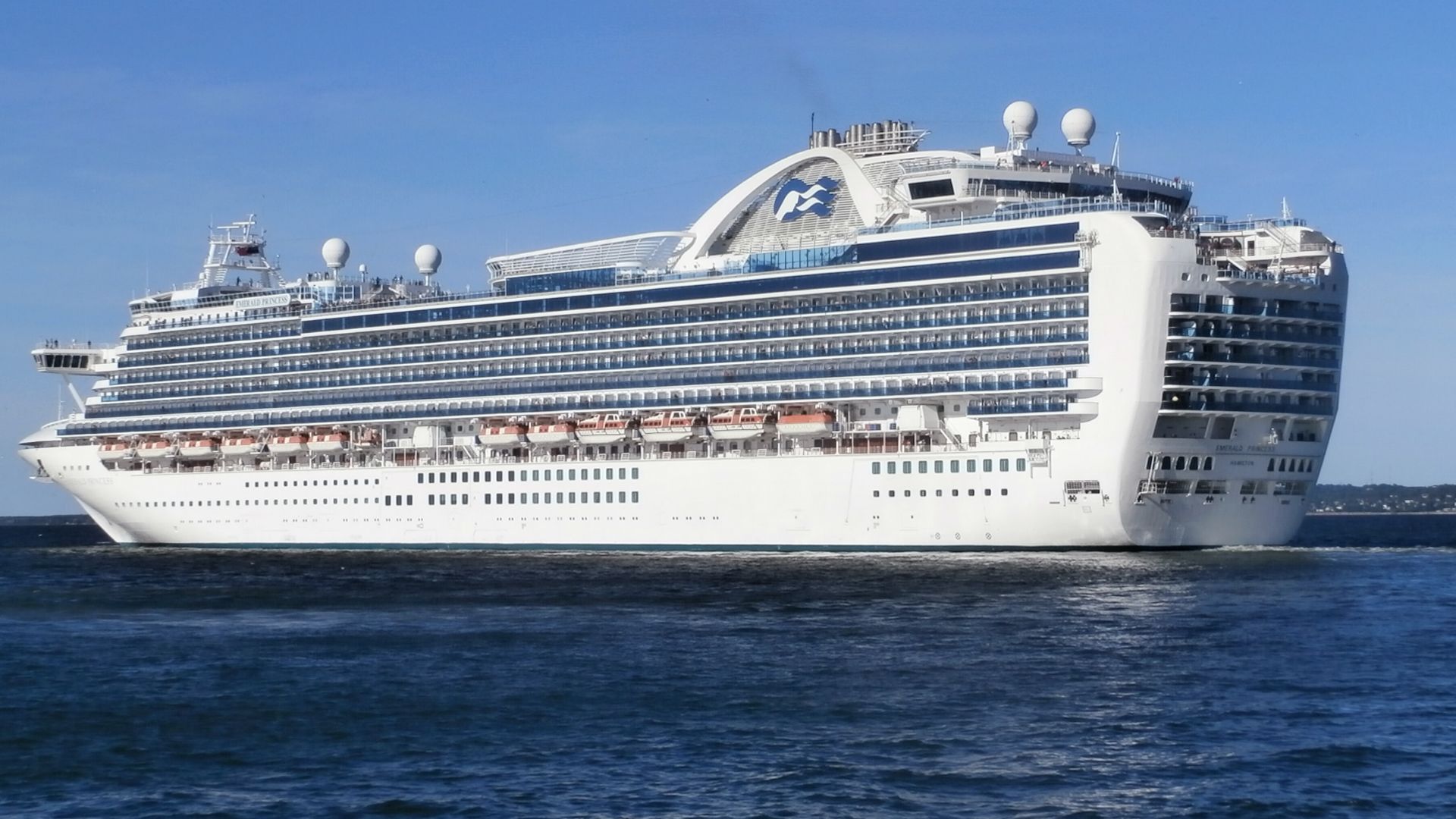 Pjotr Mahhonin, Wikimedia Commons
Pjotr Mahhonin, Wikimedia Commons
From Data To Discovery
To identify lesser-known treasures, the study cross-referenced keywords like “stunning” and “beautiful” with search volumes. Locations that received glowing reviews but showed low Google interest received higher scores. This method allowed genuine appreciation—not marketing reach—to highlight the spotlight on heritage sites that quietly awe rather than loudly advertise.
What Makes A Site Stunning But Ignored?
Stunning doesn’t always translate into visibility. Sites like the Pile Dwellings lack modern Instagram appeal or large urban settings, yet they offer unmatched historical and environmental richness. Often located in quiet regions or submerged in lakes, these places draw fewer clicks but reward those who arrive with a deeper kind of wonder.
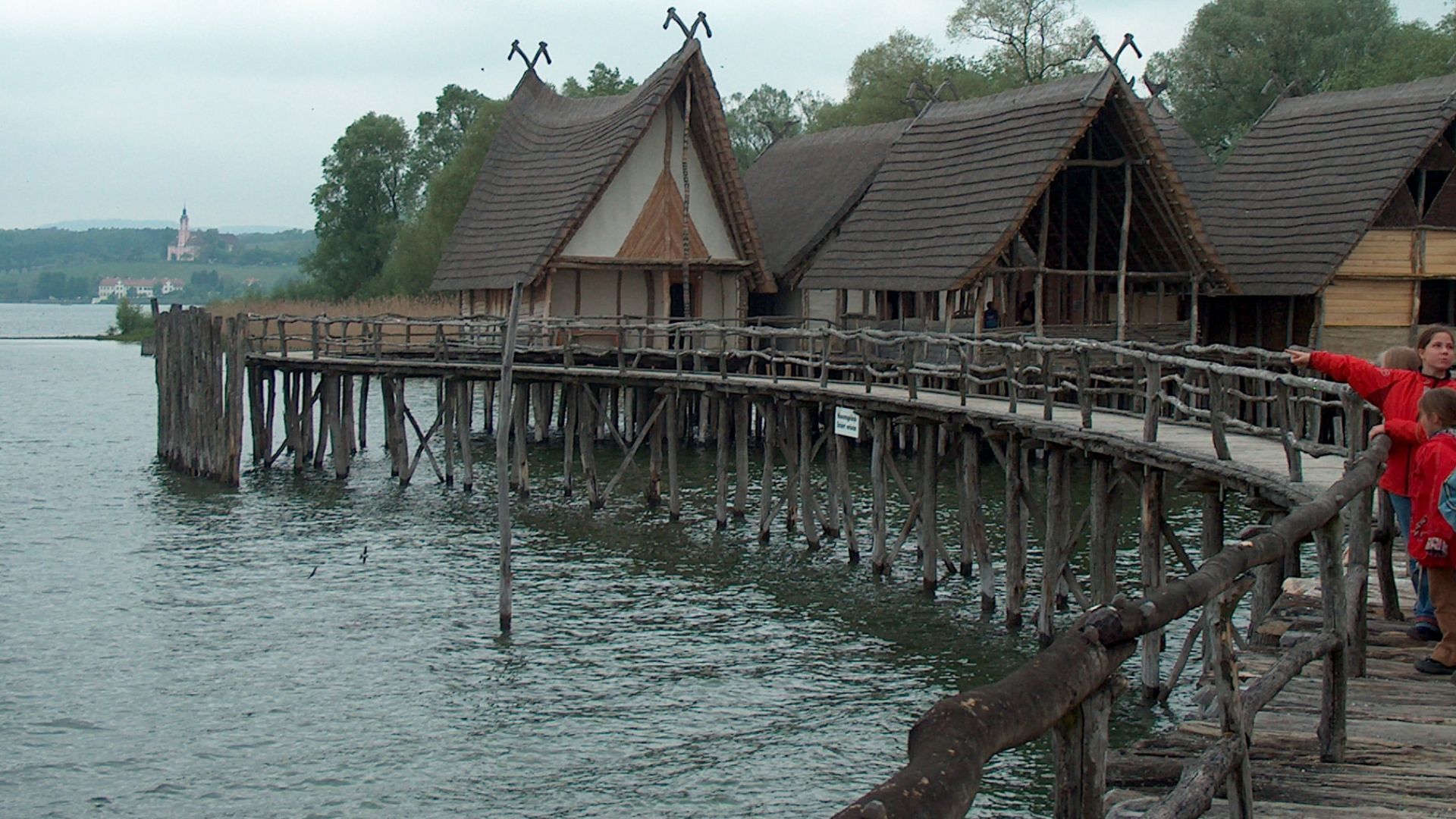 Gunter Wieschendahl, Wikimedia Commons
Gunter Wieschendahl, Wikimedia Commons
Pile Dwellings In The Alps
Beneath calm Alpine waters lie the remains of Neolithic and Bronze Age stilt houses, preserved in extraordinary detail. Known as Pile Dwellings, these early European homes date back over 7,000 years. Their submerged location helped archaeologists uncover tools and wooden structures rarely found in such intact condition elsewhere.
Older Than The Pyramids
Dating as far back as 5000 BC, the pile dwellings predate Egypt’s pyramids and offer an unparalleled glimpse into prehistoric life. Built on stilts over lakes and marshes, they show how early societies adapted to wetland living—farming and crafting tools well before the rise of cities or empires.
What Lakeside Villages Can Teach Us About The Past
These dwellings are time capsules. Archaeological layers show shifting diets and climate changes over millennia. The settlements stretch across six countries and offer a continental view of early human innovation and environmental adaptation. Their preservation helps historians map human resilience long before written history began.
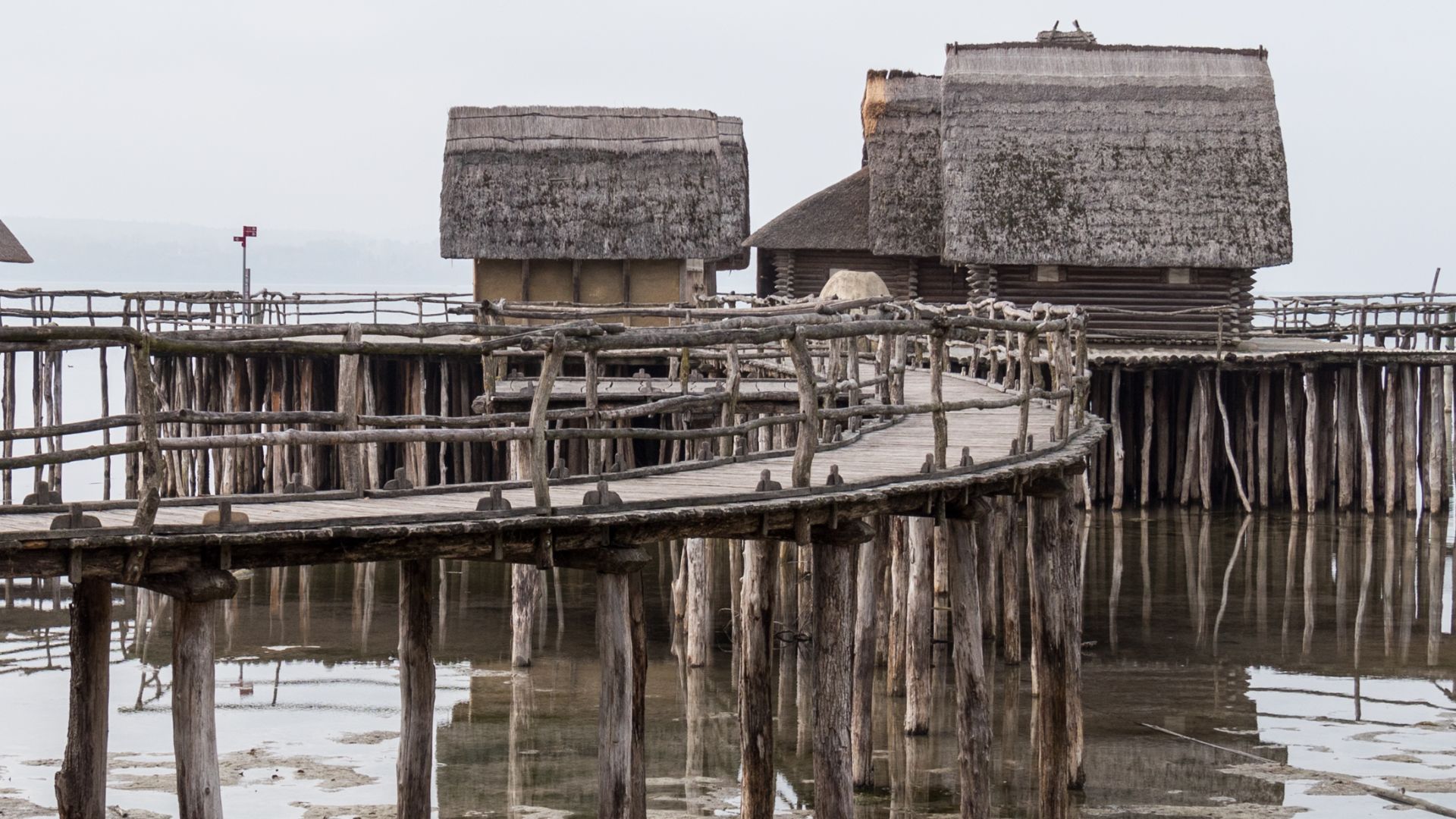 JoachimKohlerBremen, Wikimedia Commons
JoachimKohlerBremen, Wikimedia Commons
So Why Has Hardly Anyone Heard Of Them?
Their obscurity isn’t due to lack of value but location and visibility. Many sites are submerged or fenced off for protection, with few interpretive centers nearby. Unlike castles or cathedrals, they lack photogenic grandeur. This makes them less likely to trend on social media despite their profound archaeological significance.
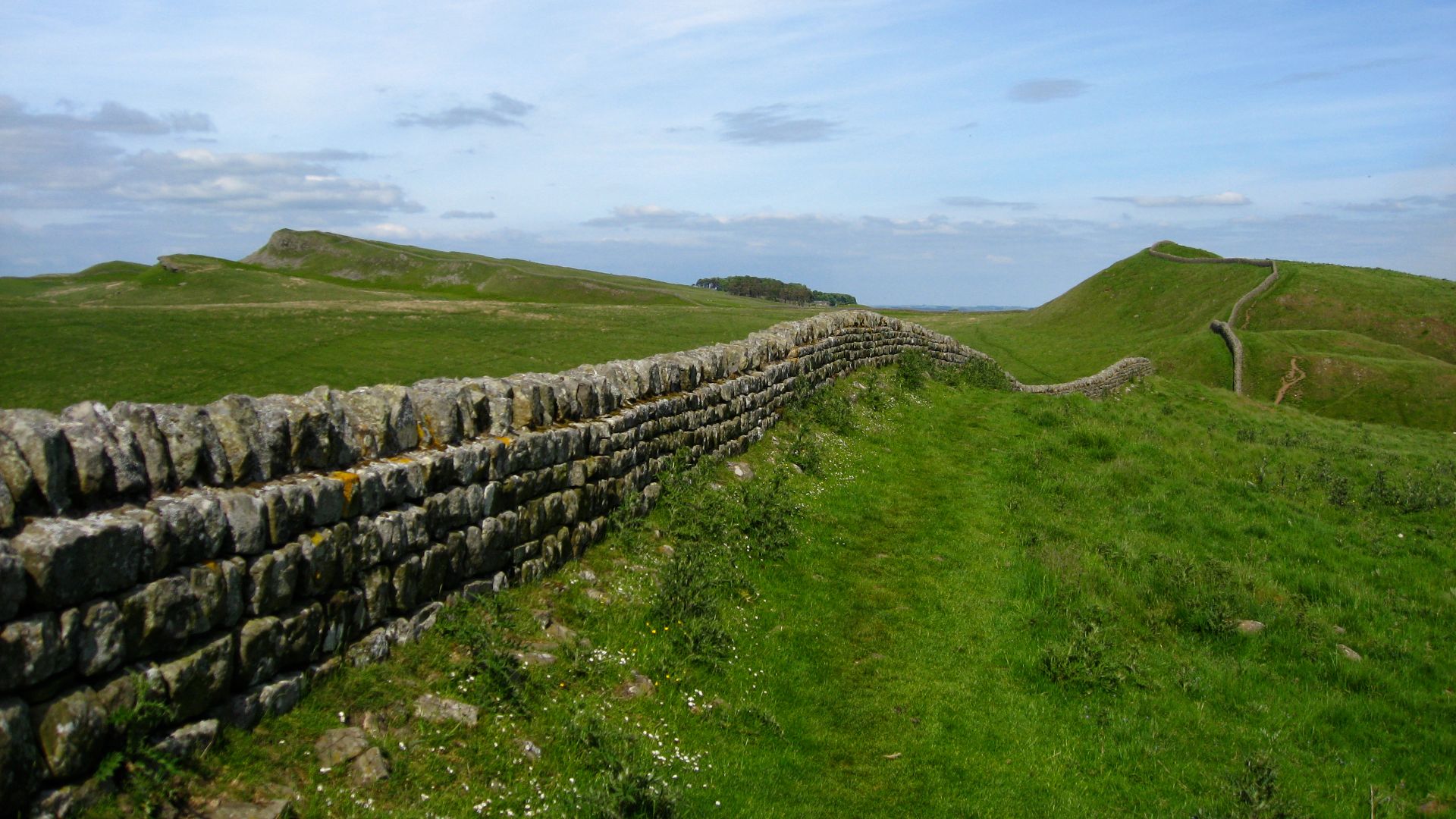 Glen Bowman from Newcastle, England, Wikimedia Commons
Glen Bowman from Newcastle, England, Wikimedia Commons
Switzerland’s Double Win In The Beauty Stakes
Switzerland led the study with two top spots: the Prehistoric Pile Dwellings Around the Alps and the glacial Swiss Alps Jungfrau-Aletsch. The Prehistoric Pile Dwellings span six countries, but most sites are in Switzerland. These findings prove that untouched nature and ancient history remain a powerful combination.
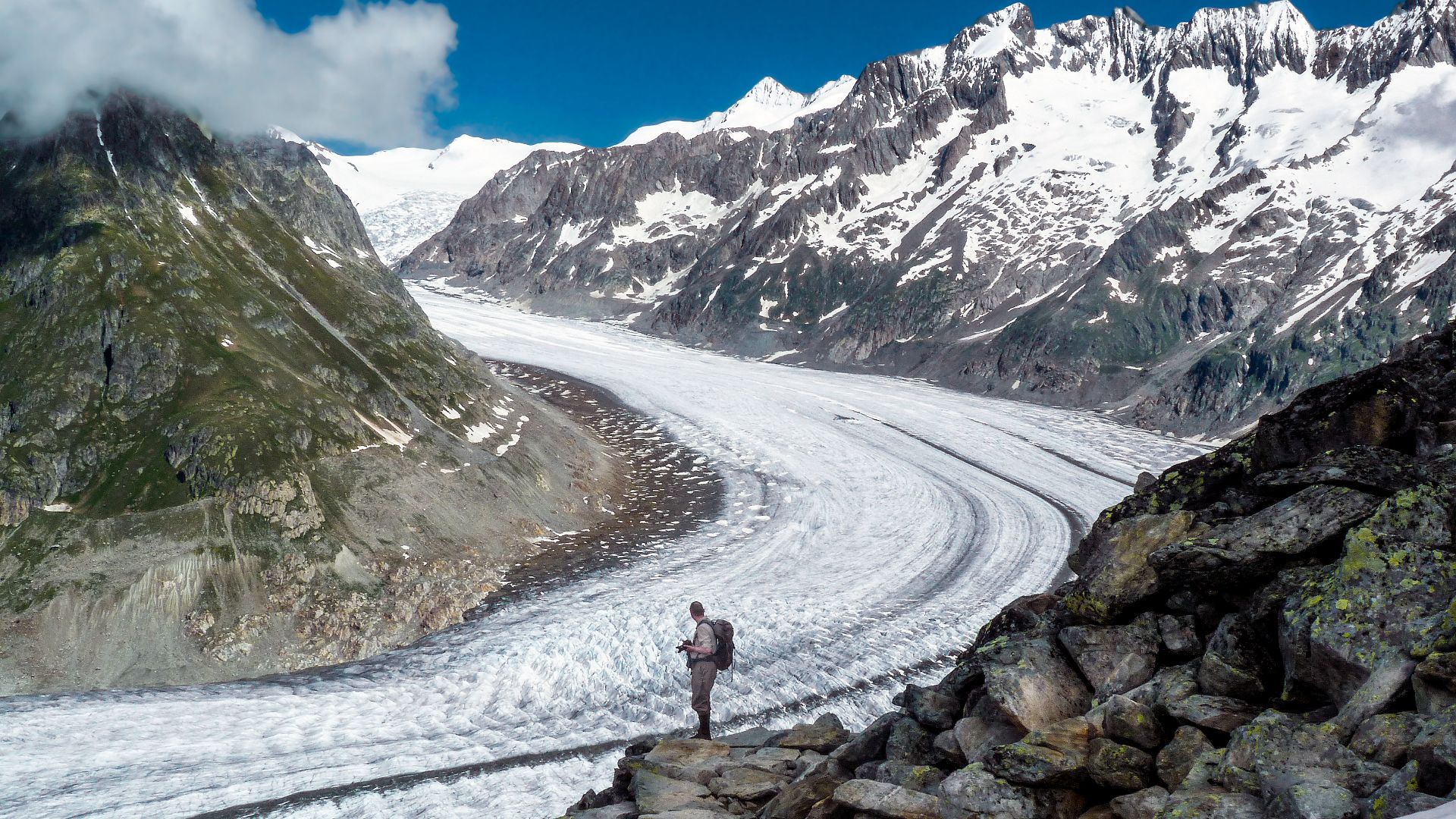 Robert J Heath, Wikimedia Commons
Robert J Heath, Wikimedia Commons
The Glacial Swiss Alps Jungfrau-Aletsch
The Swiss Alps Jungfrau-Aletsch is home to the Aletsch Glacier, the largest in the Alps, spanning about 14 miles. It earned second place thanks to visitor reviews praising its dramatic peaks and ancient geological features. Its untouched terrain offers rare access to alpine ecosystems shaped over millions of years.
 Short final, Wikimedia Commons
Short final, Wikimedia Commons
Sintra-Cascais Natural Park In Portugal
Sintra-Cascais Natural Park is another location that stretches from rugged coastline to misty hilltop palaces, as it blends biodiversity with cultural splendor. Travelers often describe it as enchanting, citing moss-draped paths and pastel villas. Despite its cinematic beauty, it’s overshadowed by Lisbon’s popularity just 30 miles away.
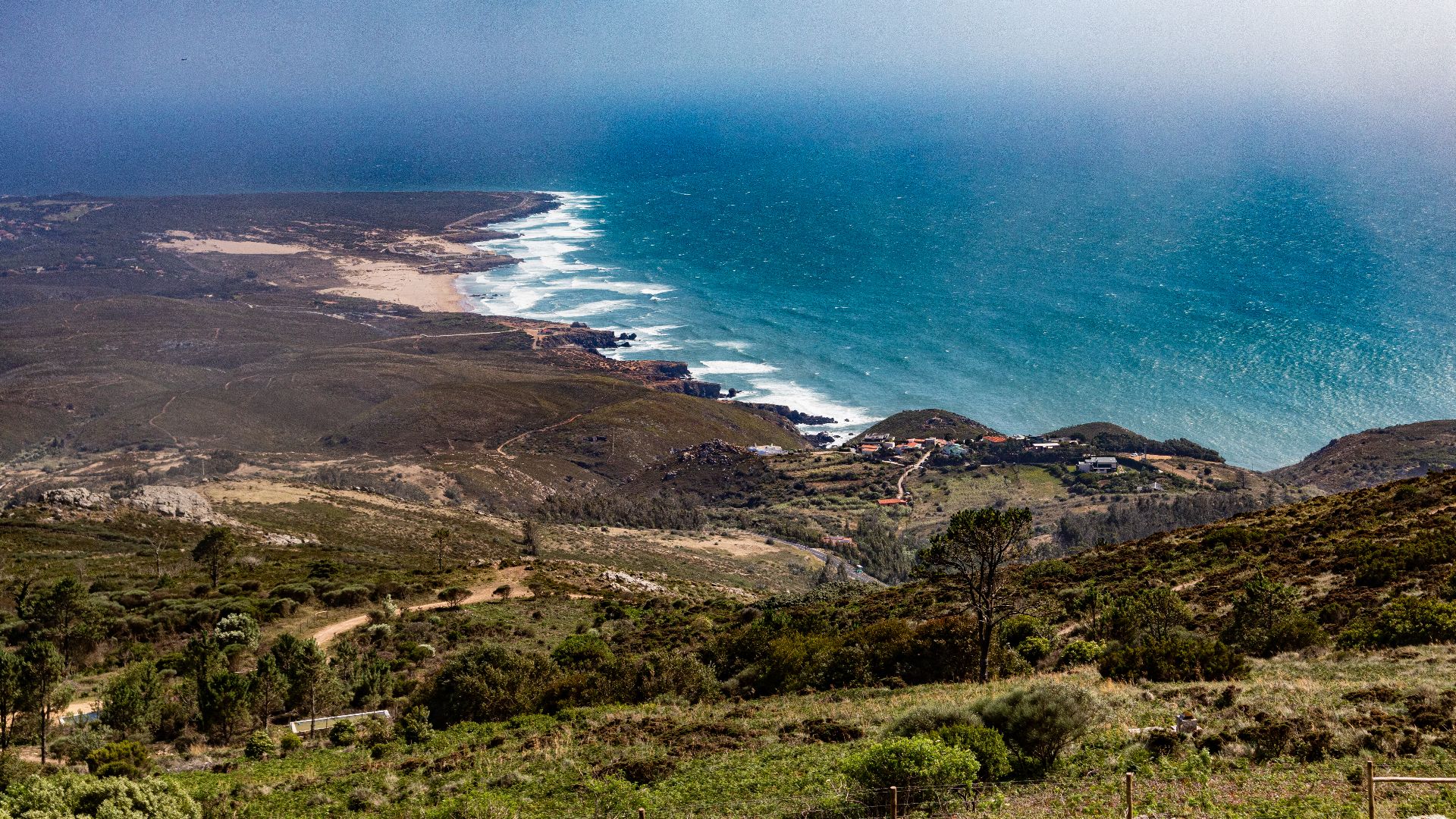 Gerrit Sonka, Wikimedia Commons
Gerrit Sonka, Wikimedia Commons
A Fairytale Park That’s Shockingly Quiet
While most tourists flock to Sintra’s famous Pena Palace, the surrounding park remains relatively undisturbed. Forest trails wind past waterfalls and dramatic cliffs. For those who venture beyond the postcard shots, Sintra-Cascais offers one of Europe’s most immersive natural escapes with barely a crowd in sight.
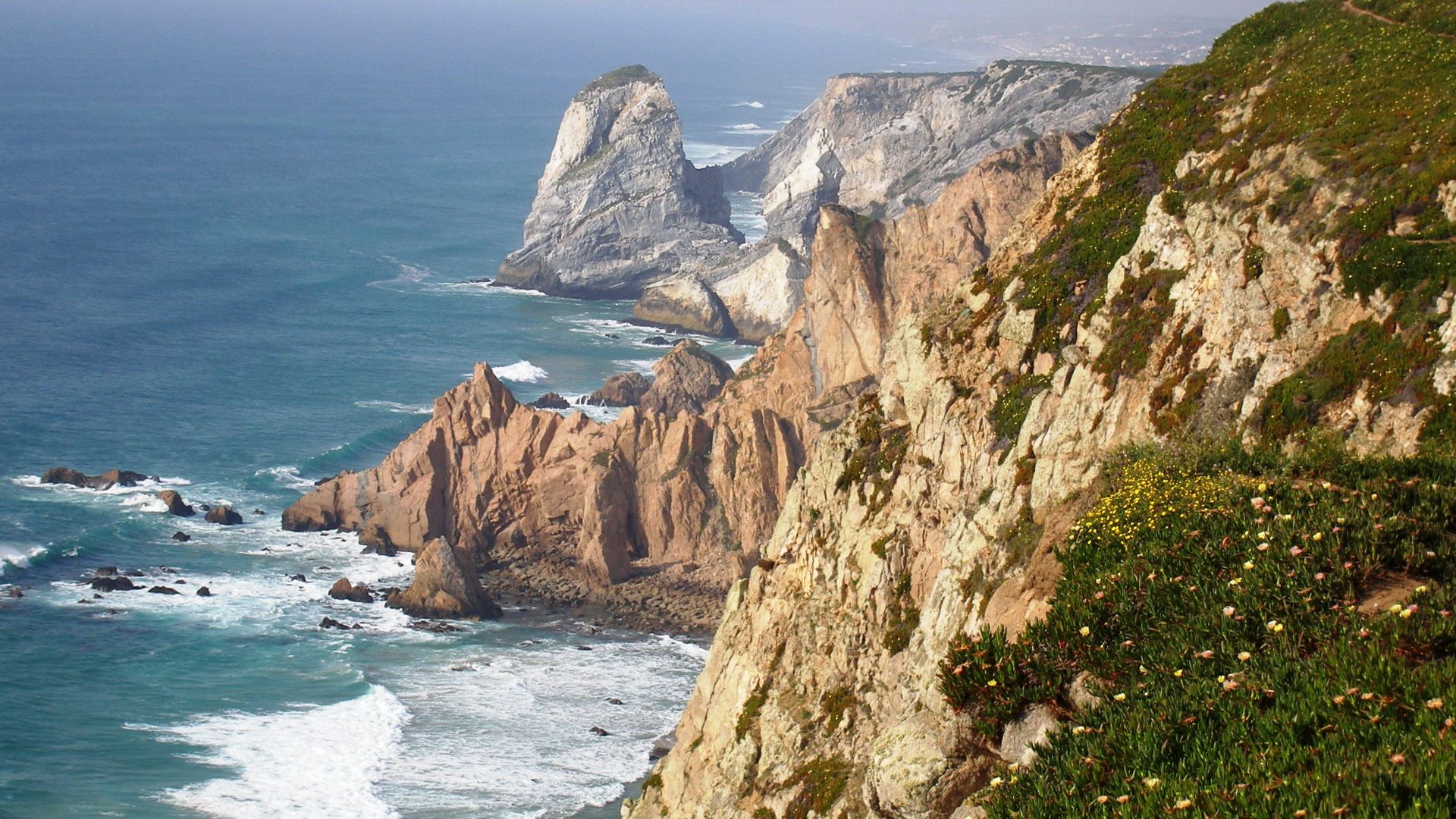 Husond at English Wikipedia, Wikimedia Commons
Husond at English Wikipedia, Wikimedia Commons
Loch Ness In Scotland
Loch Ness topped the list in search popularity, averaging over 70,000 monthly queries. While the mythical monster drives curiosity, visitors often leave talking about the scenery—deep, dark waters and 1,000-year-old ruins like Urquhart Castle. Its mystique remains undimmed.
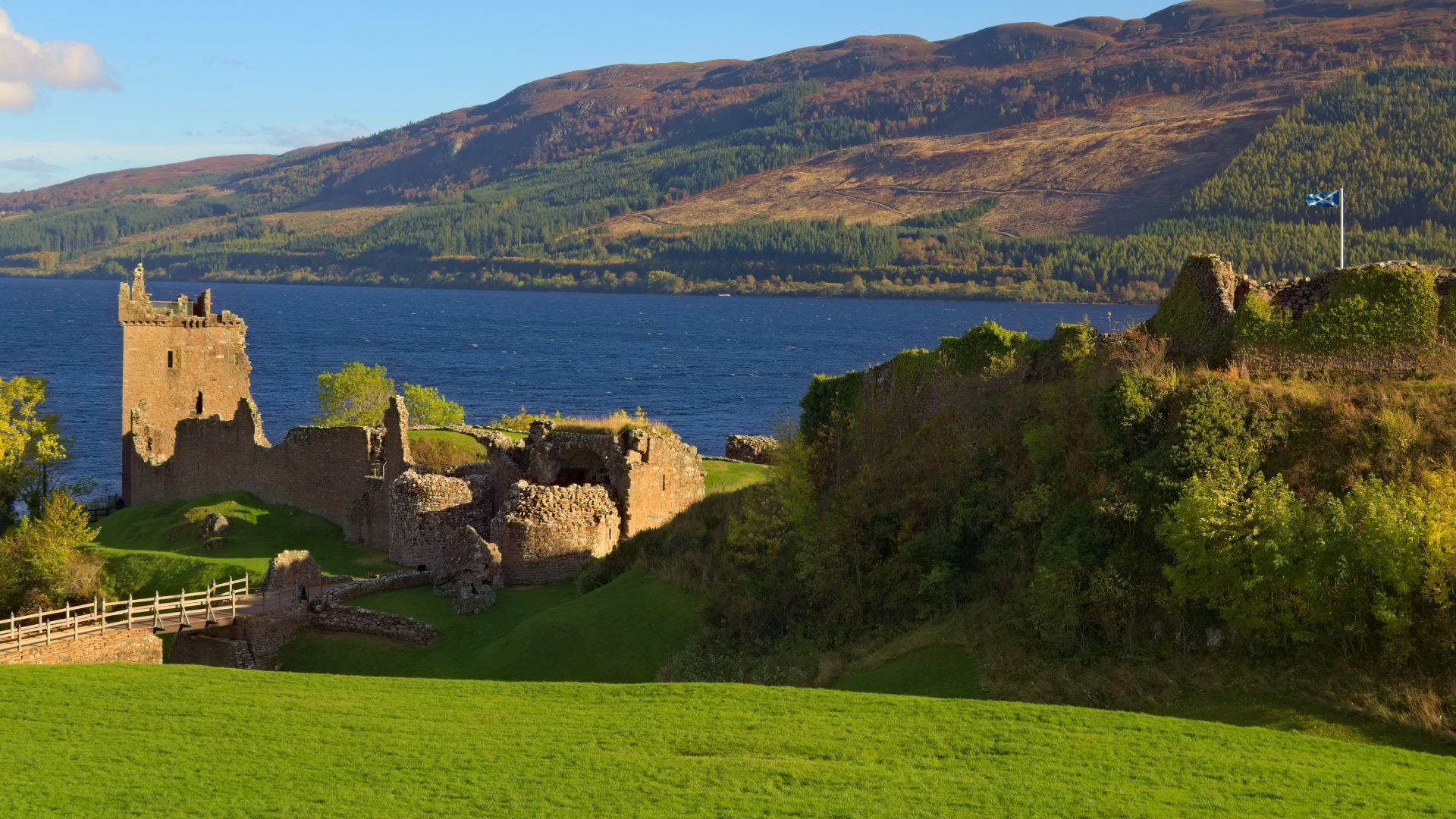 Daniel Kraft, Wikimedia Commons
Daniel Kraft, Wikimedia Commons
Still Captures Hearts And Clicks
Unlike lesser-known sites, Loch Ness thrives on folklore and familiarity. But that doesn’t diminish its natural value. It’s the UK’s largest freshwater lake by volume and a geological marvel formed during the last Ice Age. What draws people in with myth often hooks them with majesty.
How Reviewers Unwittingly Became Tour Guides
Emerald Cruises analyzed recent Google Maps reviews to understand how travelers describe these sites. Words like "stunning" and “peaceful” appeared frequently, even for places few people search. These organic reviews offered a raw, emotional insight into destinations that clearly left a lasting impression on their visitors.
Beauty Measured By Words, Not Crowds
Instead of counting visitors, the study measured descriptive language. A location might receive just 100 reviews—but if 90 describe it as beautiful, that speaks volumes. This sentiment-based approach shifts the focus from popularity to personal impact. This lets quiet places shine through for the richness they evoke, not their foot traffic.
When Low Search Volume Means Hidden Serenity
Many top-rated sites scored fewer than 100 monthly Google searches yet consistently impressed those who made the trip. This gap shows how digital obscurity doesn’t equal lack of worth. These places often offer tranquility and authentic environments. Such qualities are increasingly rare in heavily trafficked tourist hotspots.
Other Forgotten Jewels Deserving Their Moment
Beyond the top three, the study highlighted dozens more overlooked treasures. From Ireland’s monastic ruins to Hungary’s cave dwellings and Spain’s lesser-known biosphere reserves, each scored high in sentiment. Though rarely mentioned in travel guides, they consistently earned praise for their natural beauty and historical resonance.
Surprises From Ireland, Hungary, And Spain
Ireland’s Skellig Michael, Hungary’s Aggtelek Karst caves, and Spain’s Donana National Park all surfaced in the rankings. Each offers unique features, ancient monasteries atop sea stacks and wetlands teeming with wildlife. While tourism often skips over them, their ecological and cultural value is deeply rooted and enduring.
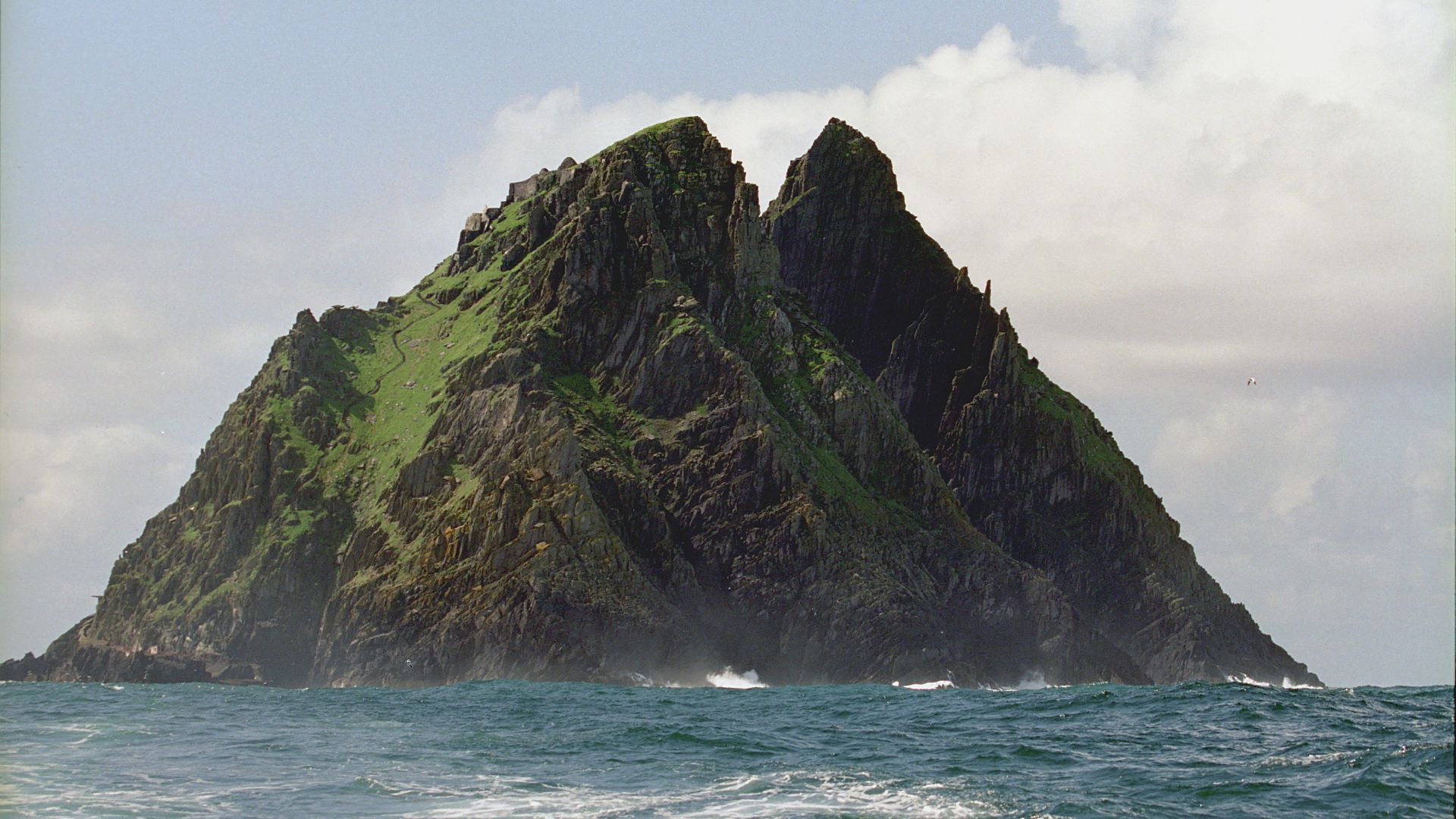 Jerzy Strzelecki, Wikimedia Commons
Jerzy Strzelecki, Wikimedia Commons
Beloved In Person, Ignored Online
Some sites thrive in the real world but vanish in digital rankings. Their absence from travel blogs or social feeds reflects algorithmic silence. Yet, these locations consistently leave travelers awestruck. This proves that first-hand experience still holds more power than curated lists or trending hashtags.
What This Says About How We Choose To Travel
We often rely on searches and social media to plan trips, but this study shows how that habit can limit exploration. By prioritizing visibility over substance, we overlook places praised by those who’ve been. Real-world impact isn’t always aligned with online presence, and that’s worth reconsidering.
 Nataliya Vaitkevich, PexelsThe New Definition Of Worth
Nataliya Vaitkevich, PexelsThe New Definition Of Worth
In a time when overcrowding plagues top attractions, these quiet UNESCO sites offer something rare: room to breathe and stories untouched by mass tourism. Their value lies not in fame but in authenticity—historic settings preserved in stillness rather than performance.
Should You Rethink Your Bucket List?
If your travel goals are shaped by what’s popular, you may be missing out. These rankings challenge the idea that beauty must be broadcast. They remind us that Europe's most profound sites may be the ones with the fewest signs pointing to them, and that’s the point.
The Joy Of Going Where Google Doesn’t Send You
There’s something liberating about discovering a place that no algorithm suggested. These UNESCO gems reward curiosity and patience by offering stories and moments you won’t find on typical itineraries. In the end, going off-grid could change how you travel entirely.


